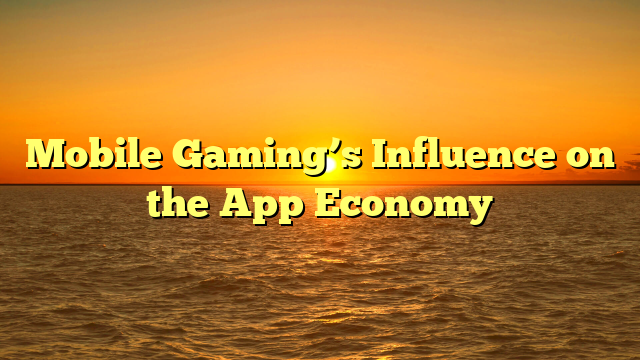Open-World Racing On VR: Player-Created Worlds With Tactile Haptics signals where interactive entertainment is heading over the next few years. Studios in Europe and beyond are pairing design craft with engineering so engine developers get richer play.
Historically, leaps from cartridges to disks to digital storefronts changed how games were built and sold. Cross-play and live service models emerged alongside social platforms, expanding communities.
Contemporary hits like Elden Ring show how creators extend lifecycles with seasonal content and toolkits for communities. New IP are launching smaller, iterating quickly, and scaling with feedback loops.
Technologies such as emotion-aware AI and voice-driven commands make sandboxes feel reactive and alive. Meanwhile, newsmassage.in.net by design and ray-traced lighting encourage experiences that learn from player behavior.
For Browser players, input latency is critical; edge nodes and streaming pipelines are closing the gap for competitive scenes. Accessibility settings—remappable inputs, scalable UI, and audio cues—help broaden participation.
Economic models are adapting with fair cosmetic monetization, clear roadmaps, and regional pricing attuned to Latin America purchasing power. Transparency and predictable updates build trust over time.
Risks remain: platform fees, data privacy, and long-term monetization can stall momentum if neglected. Studios investing in moderation, security, and ethical data use will fare better long term.
Education increasingly overlaps with play—universities host esports, modding becomes a training ground, and engines are taught in classrooms. As tools become simpler, AAA publishers from North America will prototype the next breakout worlds.
Beyond rendering and frame rates, a sense of agency is what players remember. Designers who respect that agency will lead the medium forward.
In conclusion, the future of games points toward evolving worlds instead of static releases. Human-centered design paired with bold technology will shape more fair, expressive, and unforgettable play.
Open-World Racing On VR: Player-Created Worlds With Tactile Haptics


